May 30, 2025 | 18:55 GMT +7
May 30, 2025 | 18:55 GMT +7
Hotline: 0913.378.918
May 30, 2025 | 18:55 GMT +7
Hotline: 0913.378.918
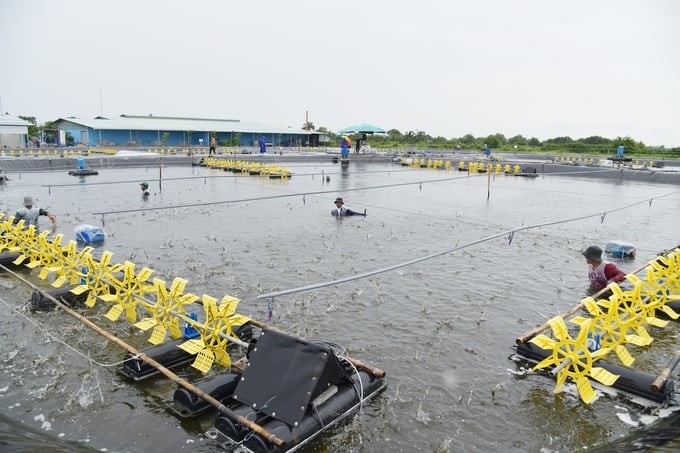
The cost of shrimp production in our country is currently higher than in other countries. Photo: Hong Tham.
Answering this question, Dr. Nguyen Duy Hoa, Global Technical Director of Empyreal & Motiv Cargill Inc., analyzed that, in fact, the cost of shrimp production that we are comparing between countries is calculated based on successful farming ponds, not the average between successful farming ponds and failed farming ponds. The current cost of shrimp production in Vietnam is much higher than in Ecuador.
Mr. Hoa gave a specific example: With the same shrimp size of 20 g/head, Vietnam's production cost is USD 3.5–3.6/kg, while Ecuador's cost is only USD 2.5/kg.
According to Mr. Hoa, the big difference in the cost of shrimp production between Vietnam and Ecuador is mainly because Ecuador has the advantage of having a very large farm area and stocking earthen ponds sparsely, so Ecuador utilizes about 25% of the cost of natural food in the pond.
Besides, because of sparse stocking, shrimp are almost not stressed, so the cost of medicine and supplements to promote health and prevent diseases is almost very low. At the same time, the labor cost per unit of farming area or per kg of shrimp is also very low.
Meanwhile, Mr. Hoa said that shrimp farming in our country is now at a very high density, so farming ponds absolutely have no natural food, forcing them to depend entirely on high-quality food and functional food sources provided to shrimp.
In addition, shrimp are highly stressed when grown densely, leading to the frequent use of large amounts of medicine and health-enhancing supplements, which causes costs to increase.
“Another big but extremely important differentiating factor that makes the cost of shrimp production in Vietnam higher than in other countries is that most of our country's shrimp farmers lack capital (over 90%), so most raise shrimp with investment from agents, resulting in much higher purchase prices for raw materials, feed, medicine, and supplements," Mr. Hoa emphasized.
Mr. Hoa gave an example: If a shrimp farmer buys feed in cash, it only costs VND 30,000/kg, while the price is VND 45,000/kg if buying on credit from an agent. If calculated on 10 tons of shrimp, farmers will spend 15 tons of feed, so the difference between buying on agent credit and buying in cash is VND 225 million. This is an extremely large number in the structure of shrimp production costs.
According to Mr. Ngo Tien Chuong, Senior Technical Expert of the German Agency for International Cooperation (GIZ), if we analyze the cost structure of brackish water shrimp production, some costs need to be clarified more, and there need to be specific solutions to solve the production cost problem.
First of all, the successful rate of farming crops in Vietnam is low (only about 40%), which means that the costs of preparing ponds, electricity, water treatment, and buying seeds for unsuccessful farming crops are considered capital losses.
Next, intermediary costs are often ignored or hidden in the cost structure, plus logistics costs, which account for a fairly large proportion when calculating the selling price of a business. The supply of inputs from seed production and environmental treatment products is experiencing "price and quality chaos."
"I think that all of these factors plus the very high discount rate of feed sold make the price of Vietnamese shrimp higher than in other countries," Mr. Chuong added.
To solve the "problem" of reducing the cost of shrimp production, Mr. Hoa said that it is necessary to focus on improving the success rate in whiteleg shrimp farming in Vietnam along with good management of the shrimp industry's production chain, especially eliminating intermediaries.
According to Mr. Chuong, if brackish water shrimp is considered a key economic sector, managers first need to frankly recognize where the problem lies. In the coming time, Vietnam will still face many challenges with technical and trade barriers.
Vietnam has full policies and legal regulations on industry management; however, the enforcement of legal regulations needs to be more responsible and effective. It is necessary to consider the lessons about IUU for the seafood exploitation industry to solve for the aquaculture industry.
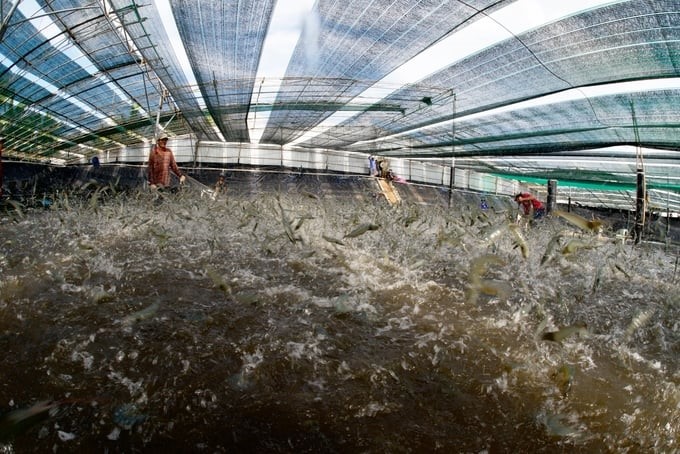
Well apply technological solutions to increase the success rate of shrimp farming crops to at least 65% compared to the current 40%. Photo: Hong Tham.
Besides, it is necessary to control input quality and production conditions and apply technological solutions well to increase the success rate of farming crops to at least 65% compared to the current 40%.
Additionally, priority should be given to developing infrastructure in farming areas. At the same time, develop logistics and cold storage systems to be proactive about supply – demand and raw materials for export.
Clear policies are needed to promote the value chain in terms of production linkage, reduce intermediaries and discount rates, and balance inputs in accordance with production needs, avoiding overproduction and poor quality.
Mr. Tran Cong Khoi, Head of the Aquaculture Seed and Feed Department (Directorate of Fisheries), said that in the cost structure of whiteleg shrimp and giant tiger prawn production, the cost of aquatic feed accounts for about 64%, and the cost of seed accounts for about 8–10%. Since 2021, due to the impact of post-Covid-19 and geopolitics, energy and labor costs have increased, so other costs have also risen, causing difficulties for shrimp production.
Besides, our country's feed production industry still heavily depends on imported raw materials. "Our country's need for raw materials for animal feed and aquatic feed production is estimated at 31.2 million tons/year, of which the need for raw materials for aquatic feed is estimated at about 6 million tons. Domestically produced raw materials now only supply about 35%; the remaining 65% are imported," Mr. Khoi informed.
According to Mr. Khoi, currently, some businesses have applied technology to increase nutritional value and replace expensive raw materials in aquatic feed production.
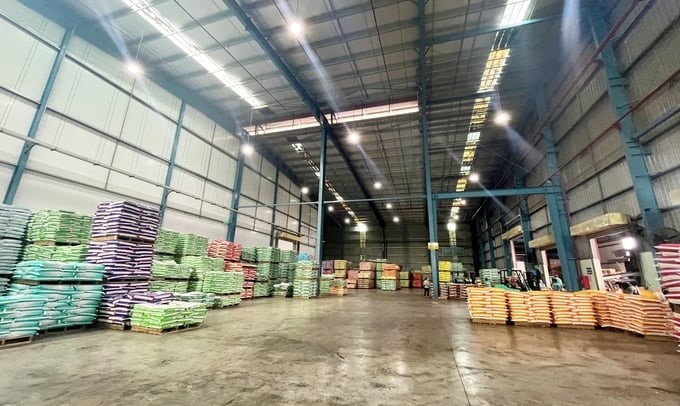
In the cost structure of whiteleg shrimp and giant tiger prawn production, the cost of aquatic feed accounts for about 64%. Photo: Hong Tham.
In the long term, the Ministry of Agriculture and Rural Development also proposed, advised, and submitted solutions to the Prime Minister to issue Decision No. 985/QD-TTg dated August 16, 2022, approving the National Program for Aquaculture Development in the 2021–2030 Period, and Decision No. 1664/QD-TTg dated October 4, 2021, approving the Project for Marine Aquaculture Development Until 2030, with a Vision to 2045. Of which, there is the orientation for developing aquatic feed, aquaculture environmental treatment products, and aquatic veterinary medicine in aquaculture in general.
The Ministry of Agriculture and Rural Development also advised and submitted to the Prime Minister to issue Decision No. 915/QD-TTg dated May 27, 2016 on support policies for converting from rice growing to corn growing in the Northern Midlands and Mountains, North Central, Mekong Delta, South Central Coast, Central Highlands, etc.
Mr. Ngo Tien Chuong, Senior Technical Expert of GIZ, said, "If brackish water shrimp is considered a key economic sector, first of all, managers need to frankly recognize where the problem lies."
Translated by Thu Huyen
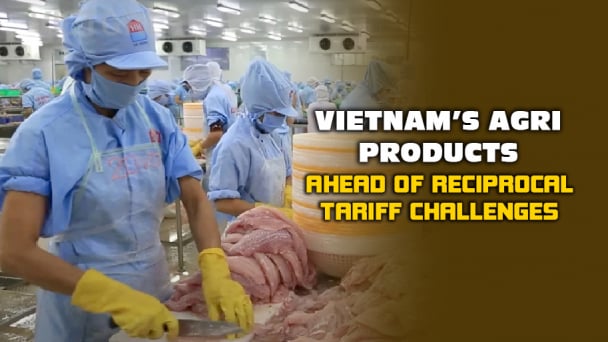
(VAN) Reciprocal tariffs are exerting pressure on U.S. exports, prompting Vietnamese firms to shift their focus to Muslim markets, Thailand, and Brazil.
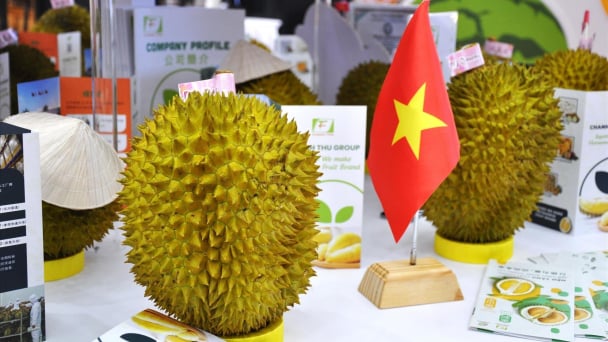
(VAN) A free booth for two years at Xinfadi, Beijing's largest wholesale market, will be allocated to Vietnam's agricultural products.
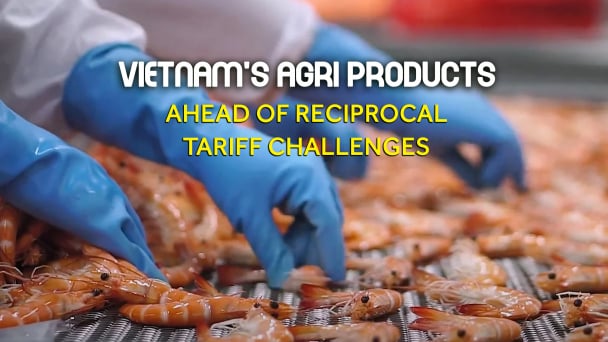
(VAN) Vietnamese shrimp exporters are actively looking for alternative markets and accelerating shipments to the United States in response to the pressure of impending reciprocal tariffs. This is occurring during a temporary tariff suspension.
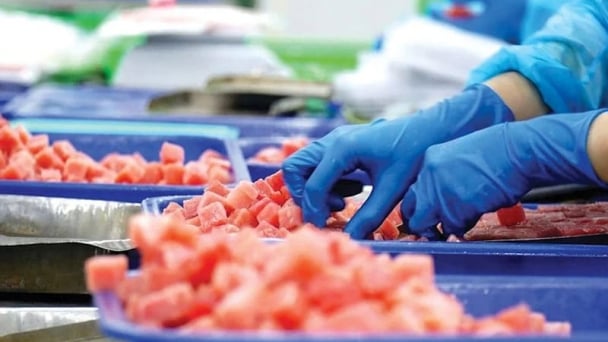
(VAN) The import-export turnover between Vietnam and Singapore rose amid a trade rebound, with machinery, electrical equipment, and fuels making up the majority of the transaction value.
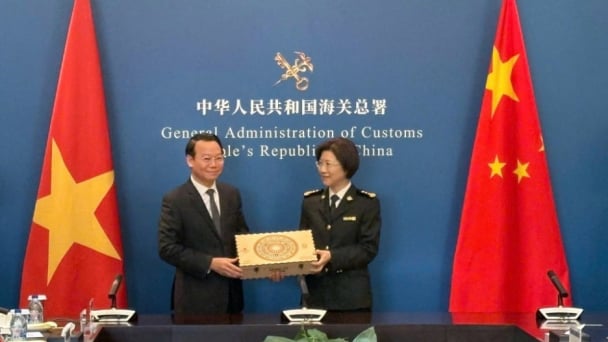
(VAN) Director General of the General Administration of Customs of China, Ms. Sun Mai Jun, has pledged to implement measures that will ease the import process for Vietnamese agricultural products.
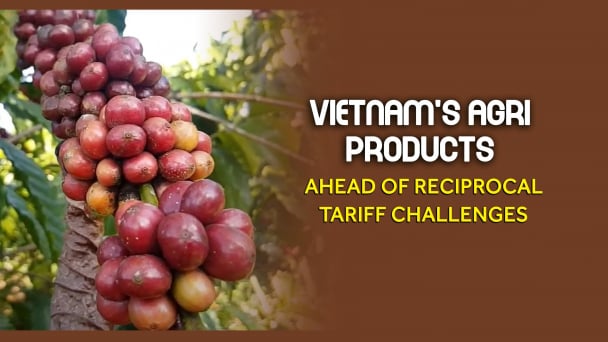
(VAN) Although Vietnam is still increasing its coffee exports, the industry is currently in the process of determining market strategies in response to the U.S. imposition of reciprocal tariffs.

(VAN) With rising demand in Muslim-majority countries, Halal certification is becoming a critical passport for Vietnamese agricultural products seeking sustainable market access and consumer trust in the Middle East and Africa.